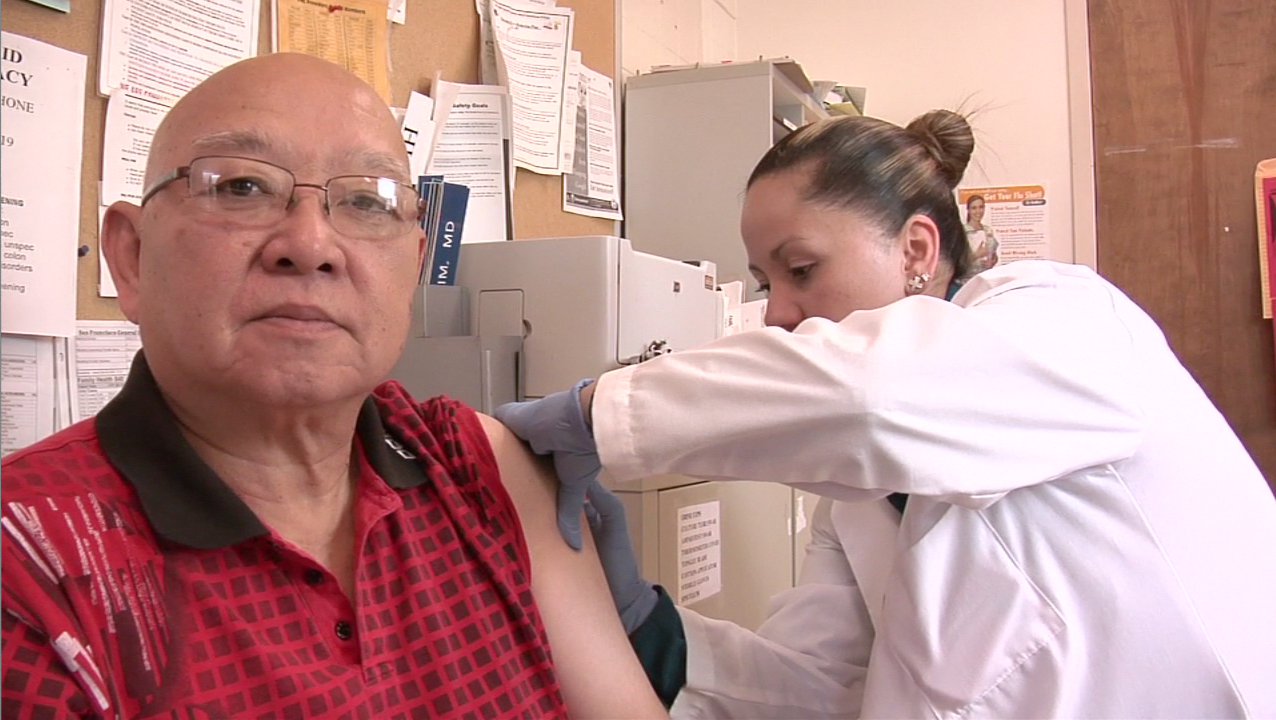FAQ
Answers tofrequently askedquestions
Quickly find out if we’ve already addressed your query. Have more questions? Please contact us.






The Centers for Disease Control and Prevention currently recommends that everyone over the age of 6 months should receive annual influenza vaccination. More information is posted on the CDC website
http://www.cdc.gov/flu/index.htm
The US Preventive Services Task Force recommends colorectal cancer screening for all adults between the ages of 45 and 75. The recommended tests include high sensitivity FOBT or FIT every year or colonoscopy every 10 years. Another effective but less used strategy is flexible sigmoidoscopy every 5 years plus high sensitivity FOBT or FIT. Each of this strategies can be similiarly effective in reducing colon cancer deaths.
https://www.uspreventiveservicestaskforce.org/uspstf/recommendation/colorectal-cancer-screening
In most cases, FLU-FIT and FLU-FOBT Programs require relatively few resources and are inexpensive to implement. Setting up a system to bill insurance plans for FIT and FOBT may offset some of the costs of the program.
FIT and FOBT are inexpensive tests that are designed to detect microscopic amounts of blood in the stool. FOBT uses a chemical reaction that can be interfered with by certain medications and foods, so the manufacturers of these tests recommend restrictions of certain foods (such as red meat) and commonly used medications (such as ibuprofen) for several days before the patient completes the kit. FIT tests directly for human blood and are not interfered with by foods or medications. FIT is slightly more expensive than FOBT (both tests can be obtained for less than $20), but FIT is also easier for patients to complete and somewhat more accurate.
It is a good idea to offer FIT or FOBT to eligible patients during every visit, if you have the time, staffing, and resources to do it. FLU-FIT and FLU-FOBT Programs work best in settings that have not done a lot of outreach in the past or that don’t have resources to reach every patient with every needed service during every clinic visit. But even if you already have other ways to reach patients with FIT or FOBT during routine office practice, FLU-FIT and FLU-FOBT Programs can be useful. FLU-FIT and FLU-FOBT Programs reach many patients who may otherwise not have an opportunity to get screened. It gives patients the message that “just like a flu shot, I need FIT/FOBT every year.”
Incorporating other preventive services into your FLU-FIT or FLU-FOBT activities can be an excellent idea. For example, you can consider providing other needed immunizations, providing mammogram referrals, offering smoking cessation services, or blood pressure screenings at the time of flu shots. However, it may be easiest to start out by offering just one or two preventive services with your annual flu shots at first to avoid overwhelming your staff, patients, and available resources.
The most important element for success is your passion and commitment to make it happen. Support and enthusiasm from the leadership of your healthcare organization, your clinic, and the members of your team are equally important. Other helpful tips include starting your planning process early, involving everyone in the planning process, and doing a careful walkthrough of all the required procedures with your team.